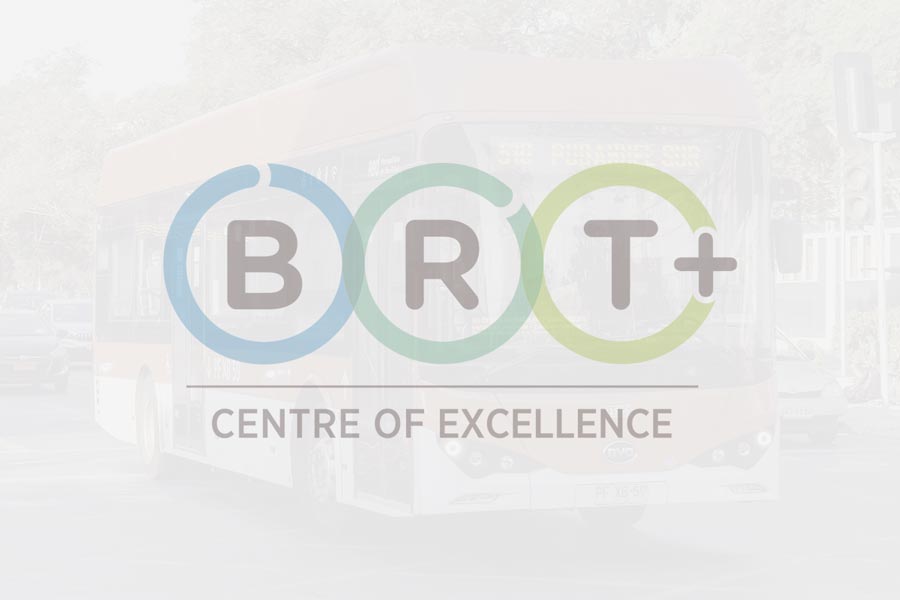Opinion Pieces: since 2007, Prof. David Hensher has written an opinion column in the Australasian Bus and Coach magazine, where he monthly discusses a lot of different transport-related hot topics. In this section we are revisiting these columns.
February 2010
February 2010 has been a month of new plans to ‘sort out’ Sydney’s ailing transport system. First we had the Sydney Morning Herald (SMH) Transport Blueprint with an almost total emphasis on public transport (some have said it should have been a transport and land use plan and not a public transport plan!). Then we had the NSW Government’s Metropolitan Transport Plan (previously announced as a Blueprint but downscaled). In many ways the SMH blueprint has outshone the government’s plan (the latter printing 50 shiny copies which is also available online here).
Now that the dust has settled, what might we observe about the two plans? First we have to recognize that much of what is offered will not even be started until well after the government’s current term in office. However this is not unusual since major infrastructure takes time to put in place. However, given that what we now have is at least the 5th plan with little action (in line with the plan) over the last 10 years, and that many of the proposed projects have been lightly appraised in respect of impact on key objectives, such as reducing congestion, improving accessibility and delivering value for money, it is not unreasonable to ask about the chances of specific projects ever happening?
The most dramatic feature of the government’s plan is the scrapping of the Metro and the almost total focus on central business district (CBD) centric transport investment. This may prove to be a mistake given that it was meant to go out West to Westmead and was more than a CBD metro, and most importantly was designed to create competition and to break the stranglehold on Cityrail and union power in the delivery of rail services which have been anything but efficient and effective. So this is a win for Cityrail, the union and wasteful spending. What we now have is a promise for line duplication to the west and the north.
The $50.2bn metropolitan transport plan pledges $6.7bn for a new train service to outer northwest Sydney (the Hills district), with work to commence in 2017. But while the blueprint promises «quadruplication» of the rail line between Chatswood and St Leonards on Sydney’s north shore, it makes no commitment to extra capacity on the harbour crossing. Two new rail tunnels will be needed under the harbour, at an estimated cost of $3-4bn. I commented in the Australian recently that «If a quadrupling of the line is needed because there’s evidence to suggest demand will require it and it will remove a bottleneck, there’s going to have to be recognition of getting across the Harbour Bridge.» and “likely public opposition to any proposal to add an extra deck to the bridge would leave the government with no option apart from tunnelling.” «What we’ve got here is very high-level commitments to projects that were once on the books and were taken off, but are now back on for political reasons.» A weakness of the transport blueprint was its assumption future rail users would want to take trips in and out of the city rather than making «circumferential» journeys. «Why are we quadrupling the line there in the first place?» A spokesman for NSW Transport Minister David Campbell said that an additional harbour crossing would be considered in the future.
When and if the north-west rail link is recommenced as a project, it would be appropriate to revisit the options that were considered almost eight years ago. These include bus rapid transit in tunnels along the lines of the Brisbane system (and yes it can deliver the same capacity as a tunnelled railway for considerably lower cost, making it look like, smell like and act line a rail system).
Most importantly however, the continued failure to look at more efficient and fairer charging schemes for car usage (apart from a flat $30 registration increase for most car classes), denies the system of an opportunity to raise sizeable sums of money to put back into the overall transport system so car users and public transport users (and the freight sector) can all benefit. It remains a puzzle as to what certain politicians believe that ‘roads should be free’. Clearly this is sending a message that people put little value on saving travel time!
Food for thought
¿Comments? ¿Opinions? ¿Similar News? Send them to us!













